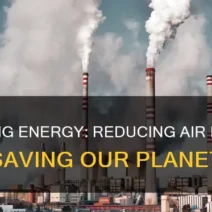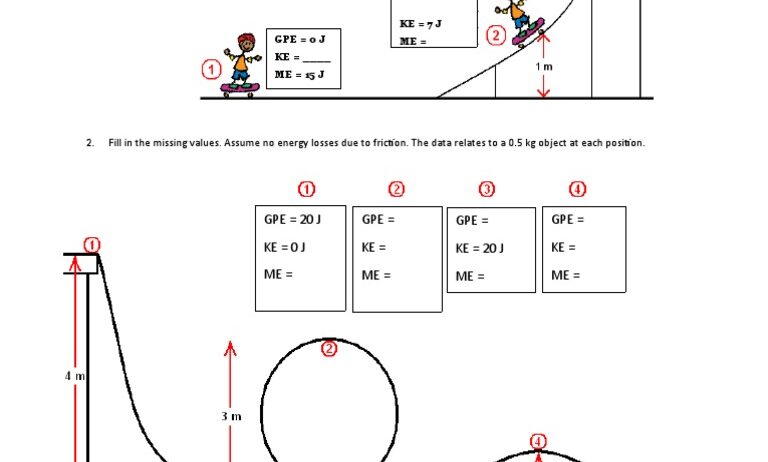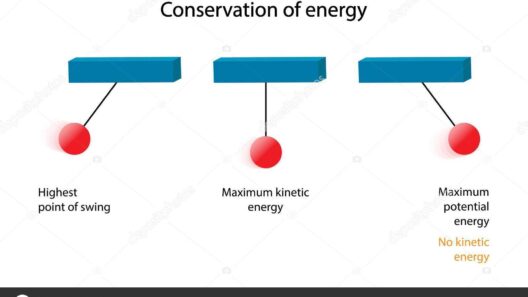In an age where energy consumption is paramount, the importance of understanding energy conservation cannot be overstated. A conservation of energy worksheet serves as an educational tool designed to facilitate the comprehension of energy principles and enhance the ability to apply these concepts in practical scenarios. These worksheets aim to elucidate fundamental concepts while challenging learners to think critically about energy usage and sustainability.
At its core, a conservation of energy worksheet is a compilation of exercises and problems tailored to engage students or individuals interested in environmental science. These worksheets typically cover foundational topics such as the laws of thermodynamics, the distinction between potential and kinetic energy, and the various forms of energy present in our daily lives. The promise of transforming one’s understanding of energy resources and their implications for our planet is imbued in every exercise.
Imagine taking a journey through the intricacies of energy. To begin, let’s explore the first law of thermodynamics, often summarized as the principle of energy conservation. It states that energy cannot be created or destroyed; rather, it can only be converted from one form to another. Worksheets that delve into this topic often include problems requiring students to calculate energy conversions in various scenarios, such as a roller coaster’s descent or the falling of an object. Engaging with these problems helps to solidify the conceptual framework of energy transformation while highlighting real-world applications.
Furthermore, worksheets often juxtapose potential and kinetic energy, inviting learners to differentiate between these two fundamental forms. Potential energy, the energy stored within an object due to its position, contrasts sharply with kinetic energy, which embodies the energy of motion. Exercises may present intriguing scenarios, such as a pendulum swinging or a bicycle coasting downhill, prompting individuals to calculate energy changes throughout each phenomenon. This interactive approach arouses curiosity, urging participants to ponder the dynamics of motion and stasis in a tangible manner.
In addition, conservation of energy worksheets often harness practical applications through case studies. By analyzing real-life situations, learners glean insights into energy conservation’s broader implications. For instance, examining the efficiency of household appliances or transportation methods can foster a deeper appreciation for energy usage. These sheets encourage users to evaluate energy use within their own lives, sparking meaningful conversations about sustainability, conservation practices, and the impact of individual choices.
Moreover, it is crucial to address various forms of renewable energy within the scope of these worksheets. As society progresses and grapples with climate change, transitioning to renewable energy sources has become indispensable. Worksheets facilitate discussions on solar, wind, and hydroelectric power, accompanied by exercises that challenge users to calculate energy outputs and returns on investment. By incorporating renewable energy into the framework of energy conservation, worksheets not only enhance knowledge but also instill a sense of responsibility towards securing a sustainable future.
For advanced learners, worksheets can extend beyond basic calculations into the realm of complex energy systems. Topics may include the intricacies of energy grids, the impact of energy policies, or the interplay of energy consumption and economic growth. Such activities cultivate critical thinking and analytical skills as learners navigate multifaceted energy issues, ultimately leading to informed decision-making in their own lives. The importance of understanding these dynamics cannot be overstated, as they directly impact our environmental landscape and future viability.
Furthermore, the aesthetic presentation of conservation of energy worksheets can greatly enhance their effectiveness. Well-structured layouts, visually engaging graphics, and compelling infographics serve to attract attention and maintain engagement. Including relatable context, such as local energy consumption statistics or environmental impacts, can provoke introspection and discussion. A chic visual design coupled with rich content encourages learners to delve deeper and fosters a sense of commitment towards energy conservation.
The benefits of utilizing conservation of energy worksheets extend beyond individual learning, reaching into the community. Group activities centered around these worksheets can promote collaborative problem-solving and peer-to-peer learning. In a community setting, such activities could catalyze discussions about collective energy efficiency practices, advocating for community-wide initiatives that enhance sustainability efforts.
Moreover, educators and facilitators can leverage conservation worksheets to cultivate an ethos of stewardship within their classrooms or organizations. Integrating conservation concepts into curricula supports not only academic achievement but also growth as global citizens. This holistic approach strengthens the connection between educational content and real-world issues, prompting learners to champion conservation initiatives within their broader communities.
In closing, the exploration of conservation of energy worksheets opens doors to new perspectives on energy consumption and sustainability. Through engaging exercises that challenge assumptions and encourage critical thinking, these worksheets foster a climate of curiosity and responsibility. They empower everyday individuals to take actionable steps toward reducing their carbon footprint and promoting sustainable practices. By embracing these educational tools, we can collectively contribute to a healthier planet and a more conscientious future.





